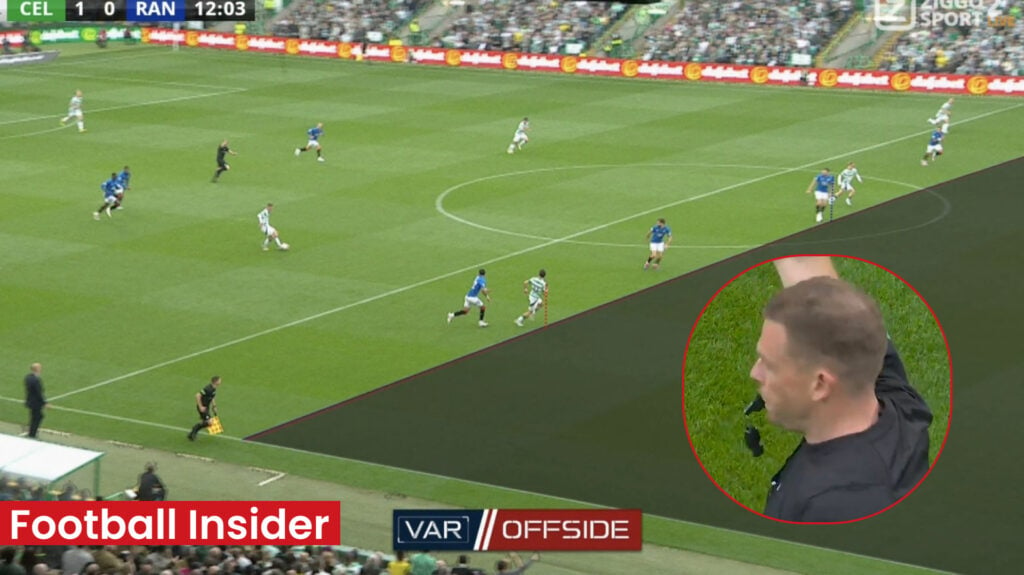Brendan Rodgers’ Celtic side extended their lead at the top of the Scottish Premiership table with a comprehensive victory over Rangers in the weekend’s Old Firm derby.
The match, although fiercely contested, was largely uneventful in terms of disciplinary issues, with no red cards shown despite a total of 23 fouls committed between the two sides.
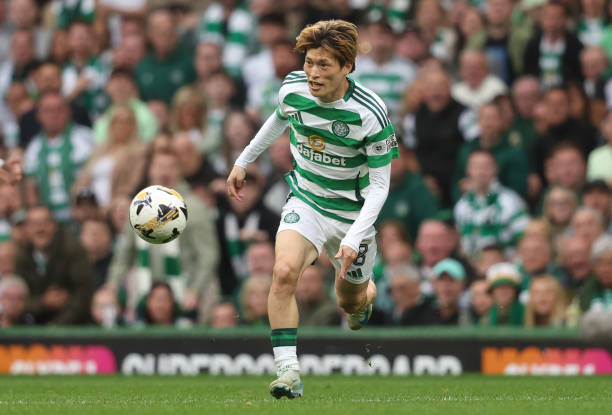
Celtic’s attacking prowess was evident throughout the game, as Rangers struggled to keep pace with their swift and incisive play. From the outset, it was clear that Celtic were the superior team, with their offensive dominance causing the Rangers defence endless problems.
John Beaton, the match official, was kept busy with fouls from both teams but refrained from sending anyone off, a decision that some might see as lenient given the intensity of the rivalry.
Rangers’ coach, Alex Rae, was among five of his players who received bookings, while four Celtic players also had their names taken by Beaton.
In terms of officiating, the match passed relatively smoothly. However, there was one moment that stirred controversy, particularly regarding the use of VAR, and it left some experts questioning the system’s application.
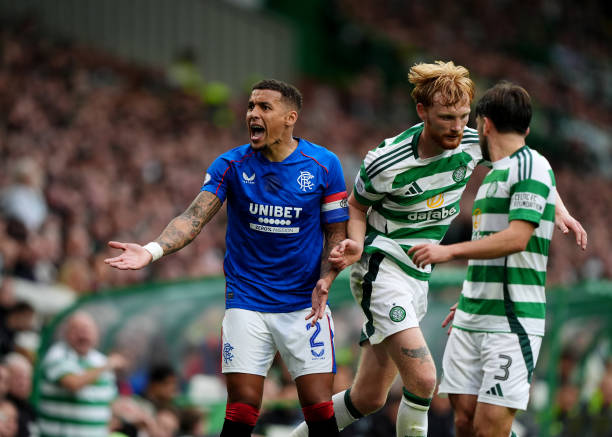
Two former SFA referees, Des Roache and Steve Conroy, expressed their displeasure over a key incident involving Celtic’s star striker Kyogo Furuhashi.
In their podcast, Behind the Whistles, the former Grade 1 referees discussed the decision to rule out Kyogo’s goal for offside, which they described as “baffling.”
Their critique focused on the technology’s inability to provide clear and convincing evidence in such crucial moments.
The two officials also took to social media platform X (formerly Twitter) to air their frustrations, stating that the goal should not have been ruled out based on the images provided from Celtic Park.
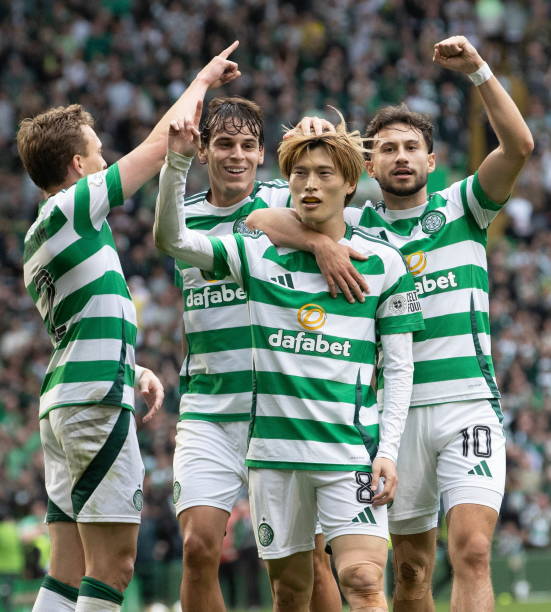
“As we’ve said with all of these stupid crayon lines. Too many bad views. We should trust Hawkeye’s straight line even if it seems very off because of the pitch. The Hawkeye part is now ‘calibrated.’ The lines that connect are put on by hand. It’s taken off the ‘sleeve line,'” they said.
They went on to add, “The lines should go across the pitch from the sleeve line to the calibrated target line. The picture given makes it look like the down line off the Rangers player is drawn at an angle to the goal line. But from a diagonal angle, you can’t tell if it’s right or wrong.”
The former referees were particularly irked by the absence of a side-on view, stating: “That picture by itself doesn’t say anything. It’s not the first time this has happened, and it won’t be the last. It’s still hard for me to understand why we can’t have a side-on view. This is just one more example of our tin pot business.”
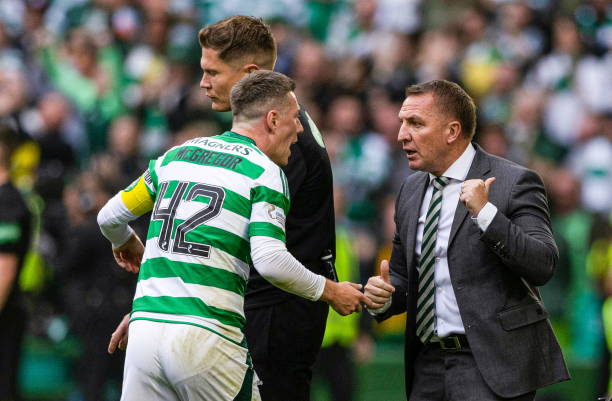
The use of VAR has been a recurring issue for Celtic in recent seasons, with the system often seeming to go against the Glasgow club.
The situation with Kyogo’s goal was yet another instance where VAR appeared to hinder their progress, though fortunately, it did not affect the result on this occasion.
Celtic’s relentless attacking style means they are frequently involved in situations where VAR comes into play, more so than other teams in the league.
Last season, inconsistency in decision-making became a significant talking point, and the controversial call to disallow Kyogo’s goal only adds to the ongoing debate.
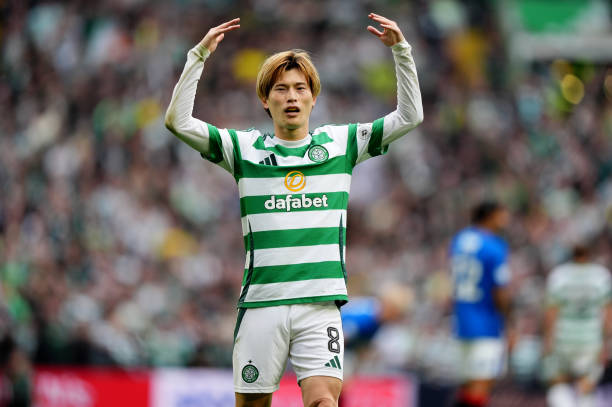
While Celtic walked away with a comfortable win this time, such contentious rulings could prove costly in tighter matches.
It wasn’t long ago that a similar situation against Hearts left fans and pundits alike questioning the system, and referee chief Willie Collum will undoubtedly face further scrutiny as the season progresses.
